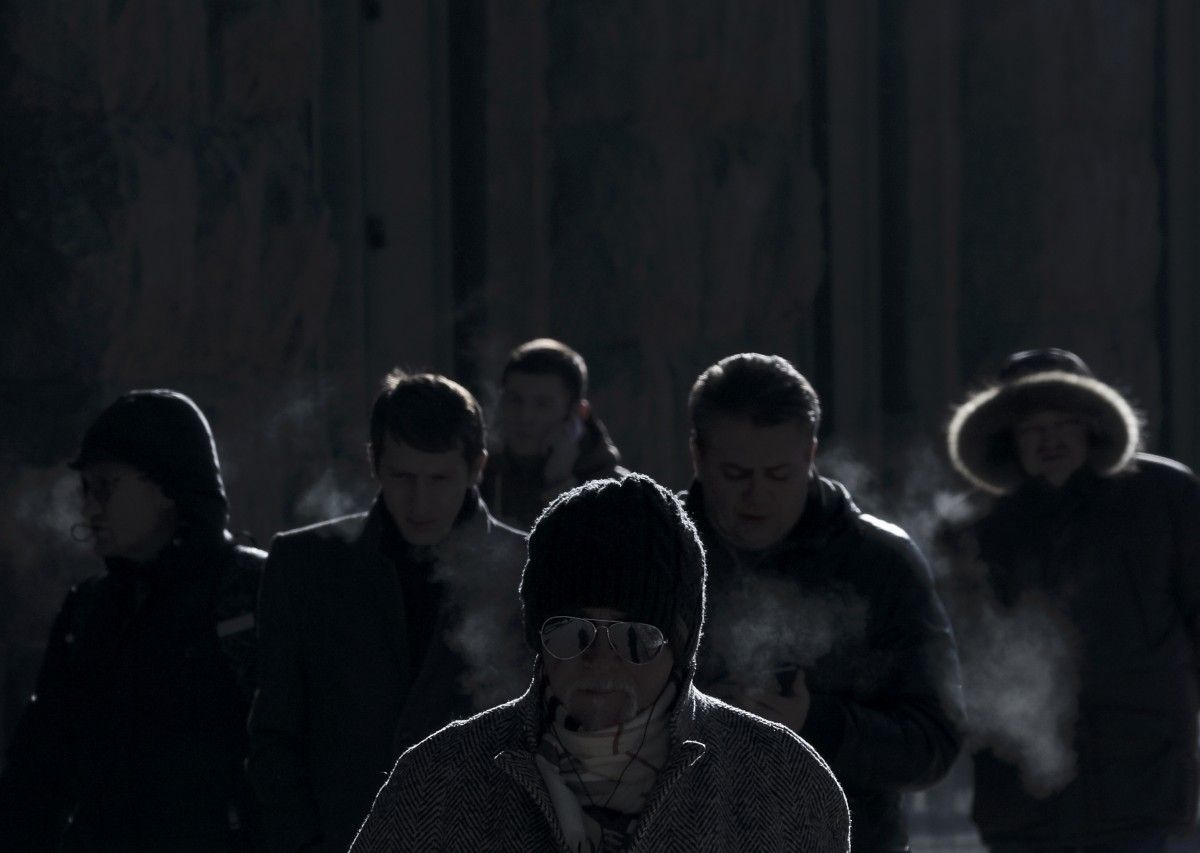
American scientists and historians found out that the most difficult year for humanity was not 1347, when Europe faced the plague, and not during the Holocaust.
This was reported by URA-Inform with reference to T4.
According to their research, the most difficult time was 536 AD. This period went down in history as a time of “endless darkness” and the many disasters that followed.
In 536, Europe, the Middle East, and parts of Asia were in near-total darkness for 18 months. Summer temperatures dropped to minus 1 degree Celsius, marking the beginning of the coldest decade in 2,300 years. Even warmer parts of China experienced snowfall, ruining crops and causing widespread famine.
«All year long the sun shone like the moon, without rays, as if it were losing its power, no longer shining as brightly and purely as before. Since this began, war, plague, and other calamities that bring death have never ceased among men», — wrote the Byzantine historian Procopius.
Soon the Justinian Plague swept across Europe, killing about 25 million people, and another 100 million in the East. Michael McCormick of Harvard and his colleague Paul Majewski of the University of Maine found that the cause of such darkness was a powerful volcanic eruption in Iceland, whose emissions covered most of Eurasia. In 540 and 547, two more eruptions occurred, which intensified the economic decline of European nations.
It was also previously reported that the main sign of imminent death was named: data from a study by scientists.

